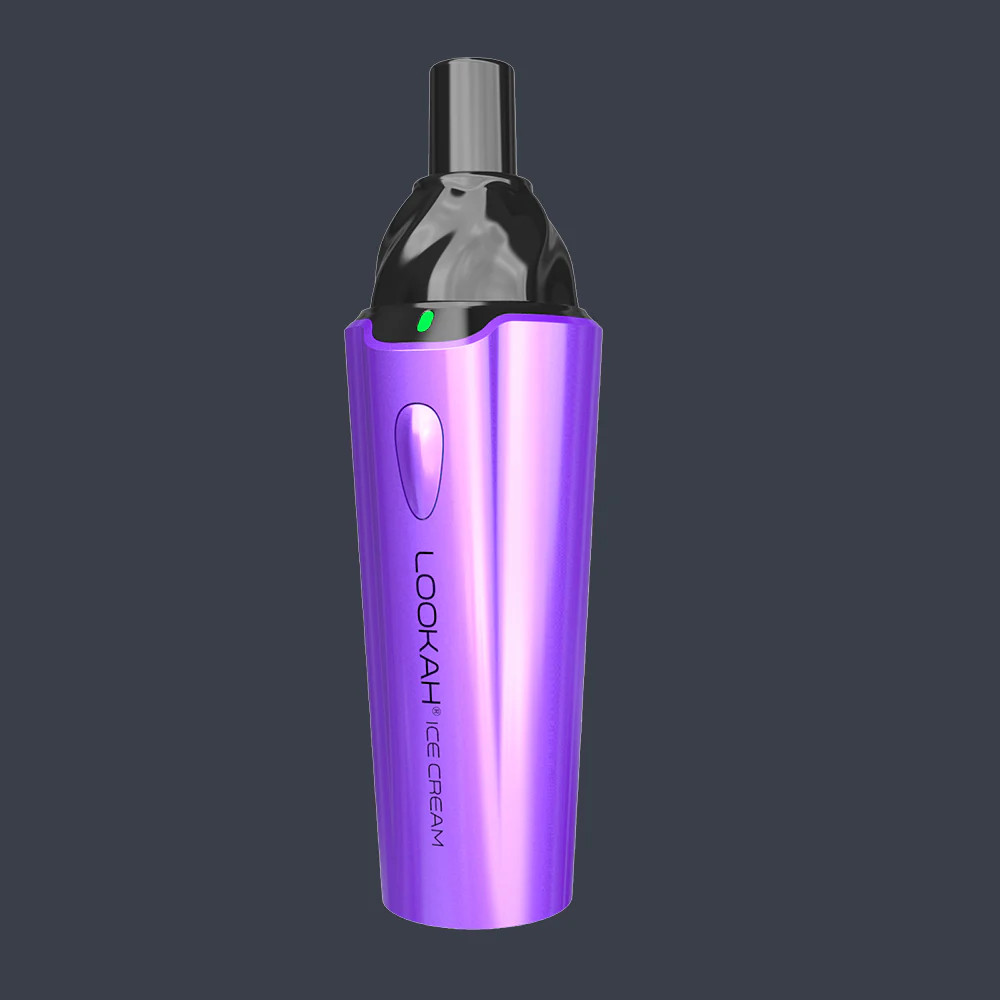Panic Attack Symptoms: An Overview
Panic attacks can be overwhelming experiences that often come on suddenly and without warning, leaving individuals feeling helpless and frightened. Understanding panic attack symptoms is a vital step in the journey to manage and treat them effectively. This article seeks to delve deep into the various symptoms associated with panic attacks, the underlying triggers, and the strategies that can help individuals cope.
Defining Panic Attack Symptoms
Panic attack symptoms manifest physically, emotionally, and cognitively, resulting in a range of distressing experiences. The Diagnostic and Statistical Manual of Mental Disorders (DSM-5) outlines panic attacks as a sudden episode of intense fear or discomfort that reaches a peak within minutes. During this time, individuals may experience a combination of symptoms that can sometimes lead to misconceptions about their health, often interpreting them as a sign of a heart attack or a life-threatening condition.
Common Physical Panic Attack Symptoms
Physical symptoms are the most immediate and striking aspects of panic attacks. Common physical symptoms include:
- Pounding or Racing Heart: This sensation may feel like the heart is racing uncontrollably.
- Sweating: Sudden, excessive sweating can occur, often making the individual feel clammy.
- Trembling or Shaking: Individuals may notice trembling hands or limbs as anxiety levels escalate.
- Shortness of Breath: Many report feeling as if they can’t catch their breath, contributing to feelings of panic.
- Chest Pain or Discomfort: This symptom is often mistaken for a serious medical issue, such as a heart attack.
- Dizziness or Lightheadedness: Some individuals may feel faint or unsteady during a panic attack.
- Nausea or Abdominal Distress: Digestive issues can escalate during high-stress moments.
- Numbness or Tingling Sensations: Some people experience unusual sensations in their extremities or face.
- Chills or Hot Flashes: Fluctuating body temperature sensations can accompany a panic episode.
Recognizing these physical symptoms can be crucial for individuals who may misinterpret them as medical emergencies. When they understand that these sensations are tied to panic attacks, they can begin to develop coping mechanisms.
Emotional and Cognitive Symptoms of Panic Attacks
Beyond physical manifestations, panic attacks also involve a complex web of emotional and cognitive symptoms, such as:
- Feelings of Detachment: Many individuals report feeling disconnected from themselves or their surroundings during an attack.
- Fear of Losing Control or “Going Crazy”: A powerful fear of impending doom can intensify during an episode.
- Persistent Worry About Future Attacks: After experiencing a panic attack, individuals often worry incessantly about having another.
- Sense of Impending Doom: This feeling can heighten anxiety and enhance the panic experience.
- Cognitive Distortions: Panic attacks can lead to irrational thoughts and beliefs about oneself and one’s environment.
These emotional and cognitive responses contribute significantly to how panic attacks affect an individual’s lifestyle and choices, leading to avoidance behaviors and complications if left unattended.
Triggers and Causes of Panic Attacks
While panic attacks can occur unexpectedly, identifying potential triggers can play a crucial role in managing symptoms. Understanding the underlying causes of panic attacks—ranging from environmental triggers to genetic predispositions—helps patients take proactive steps in their management strategies.
Identifying Environmental Triggers
Enviromental factors can trigger panic attacks, and common triggers include:
- Stressful Life Events: Events such as job loss, divorce, or the death of a loved one can serve as significant stressors.
- Overstimulation: Crowded places, loud noises, or fast-paced environments can lead to sensory overload and trigger feelings of panic.
- Caffeine or Substance Use: High caffeine intake and certain illicit drugs can increase anxiety and the likelihood of panic attacks.
- Health Issues: Existing health conditions or medications that alter your body’s functioning can also serve as triggers.
Recognizing and avoiding these environmental triggers can diminish the frequency and intensity of panic attacks.
Understanding Genetic and Biological Factors
Research has shown that panic attacks can have a genetic component. Those with a family history of anxiety disorders may be more susceptible. This suggests that biological predispositions and brain chemistry play a role. Neurotransmitters such as serotonin and norepinephrine are known to affect mood and anxiety levels. When their levels are imbalanced, it can heighten feelings of anxiety, thus increasing the risk of panic attacks.
Psychological Factors Contributing to Panic Attacks
Psychological factors can also contribute significantly to the likelihood of experiencing panic attacks. Individuals with certain personality types—those who are more susceptible to anxiety or have a heightened sensitivity to stress—may find themselves more prone to panic disorders. Additionally, cognitive distortions, such as catastrophic thinking, can exacerbate anxiety levels and trigger panic attacks.
Effective Strategies for Managing Panic Attack Symptoms
Effectively managing panic attack symptoms involves a combination of immediate coping techniques and long-term strategies that can lead to reduced frequency and intensity of attacks.
Immediate Coping Techniques for Panic Attacks
When faced with a panic attack, immediate coping mechanisms can help restore a sense of control:
- Deep Breathing Techniques: Focusing on your breath can reduce hyperventilation and help to calm the body.
- Grounding Exercises: Techniques that redirect focus to the present moment can help alleviate feelings of detachment.
- Muscle Relaxation Exercises: Tensing and relaxing muscle groups can help settle physical symptoms of panic.
- Mindfulness and Meditation: Regular practice can improve awareness of thoughts and feelings, creating distance from panic symptoms.
- Positive Affirmations: Repeating positive statements can counter negative thoughts during a panic attack.
Practicing these techniques regularly can significantly enhance your ability to cope with sudden episodes of fear.
Long-term Strategies for Reducing Panic Attack Frequency
In addition to immediate coping strategies, implementing long-term management techniques is crucial for reducing panic attack frequency:
- Regular Exercise: Physical activity can promote overall mental health and well-being, reducing anxiety levels.
- Adequate Sleep: Ensuring proper rest can help regulate mood and stress responses.
- A Balanced Diet: Consuming a nutritious diet can support brain health and stabilize mood.
- Limiting Caffeine and Alcohol: Reducing intake of these substances can help maintain a balanced emotional state.
- Engaging in Therapy: Cognitive-behavioral therapy can provide tools and strategies for managing anxiety.
Investing in these long-term strategies fosters resilience against future panic attacks.
Therapeutic Approaches and Treatments
Panic attack management often involves various therapeutic approaches:
- Cognitive Behavioral Therapy (CBT): CBT is a widely recognized treatment that focuses on identifying negative thought patterns and replacing them with healthier ones.
- Exposure Therapy: This involves gradual exposure to panic-inducing situations and helps to desensitize individuals to their fears.
- Medication: Antidepressants and anti-anxiety medications may be prescribed to help manage symptoms.
- Support Groups: Sharing experiences with others who understand can provide emotional relief and practical insights.
Choosing the right therapeutic approach depends on individual needs and preferences and may involve consultations with mental health professionals.
Impact of Panic Attack Symptoms on Daily Life
Panic attacks can profoundly affect individuals’ daily lives, influencing their personal relationships, social interactions, and workplace or academic performance.
How Panic Attacks Affect Relationships
Panic attacks can create significant strain within personal relationships. Partners or family members may feel confused or helpless when someone they care about experiences a panic attack. Open communication is essential; discussing symptoms and triggers can promote understanding and support. Additionally, considering couples therapy may help address relationship dynamics affected by anxiety.
Managing Panic Symptoms in Social Situations
Social situations can provoke panic attacks, leading individuals to avoid gatherings or public spaces. Developing a plan for potential panic triggers—such as setting a safe word with a friend or therapist—can prepare someone to navigate anxiety in social settings. Gradual exposure to social situations can also help reduce overall anxiety levels, fostering reassurance over time.
Work and School Challenges Related to Panic Attacks
In the workplace and educational environments, panic attacks can impede performance and learning. Individuals may find it challenging to concentrate or fulfill responsibilities. Employers and teachers should be made aware of the condition when comfortable to foster a supportive environment. Seeking accommodations, like flexible deadlines or designated safe spaces, can empower individuals to manage their symptoms effectively.
Seeking Help for Panic Attack Symptoms
When panic attacks become frequent or interfere with daily life, seeking professional help is crucial. Mental health professionals can provide support, diagnosis, and treatment options tailored to individual needs.
When to Consult a Mental Health Professional
It may be time to consult a mental health professional if:
- You experience panic attacks frequently, impacting your daily activities.
- The symptoms feel overwhelming and unmanageable.
- You find yourself avoiding situations to prevent panic attacks.
- You have concerns about your mental or physical health related to panic attacks.
Choosing the Right Treatment for Panic Attacks
Choosing the right treatment depends on various factors, including personal preferences, the severity of symptoms, and prior treatment experiences. A comprehensive evaluation by a mental health professional can guide the selection of suitable therapeutic approaches, cognitive-behavioral strategies, or even medication when necessary.
Support Systems and Resources for Individuals
Establishing a strong support system is vital for managing panic attack symptoms. Friends and family can provide immediate comfort, while support groups or community resources can extend a sense of shared experience. Utilizing online resources, helplines, and educational materials can empower individuals and help them feel less isolated in their struggles.















Leave a Reply